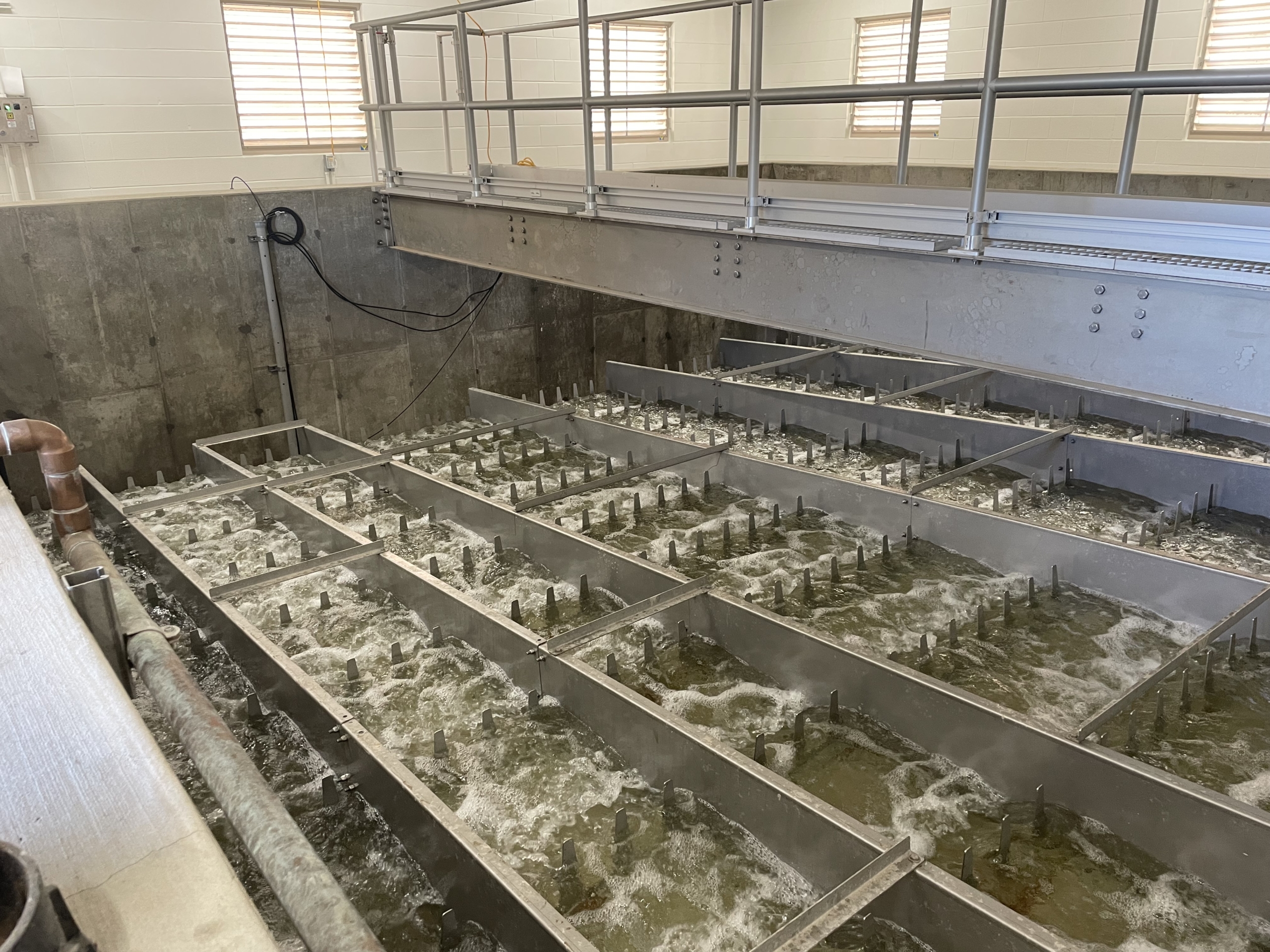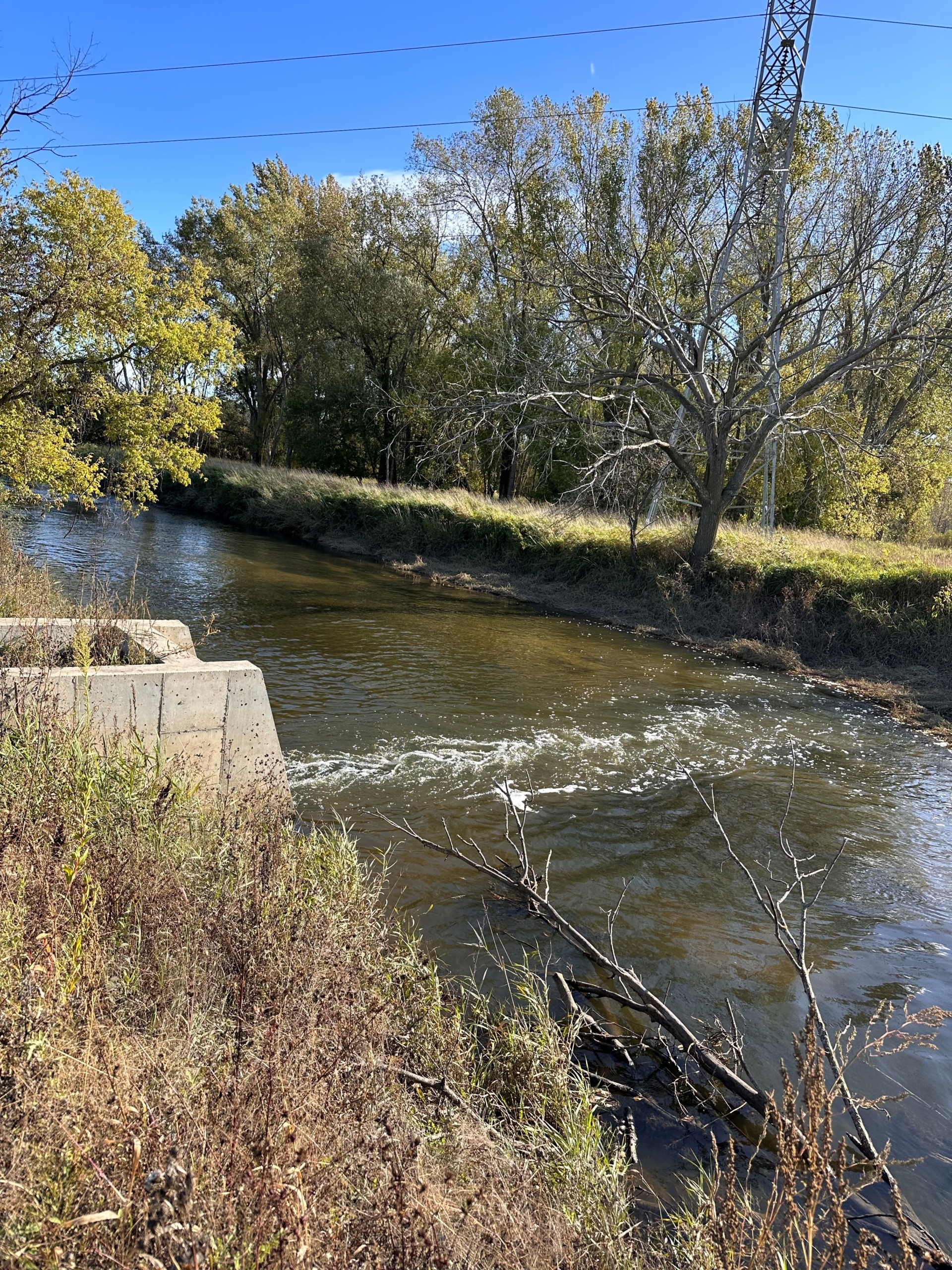Headlines
Waukesha’s Smooth Transition to Lake Michigan Water Receives Nearly Universal Praise
Clean Water Return to Lake Michigan Also Proceeding Smoothly
By Tracy ShilobritLast week, it finally happened. The City of Waukesha is now receiving healthier Lake Michigan water after years and years of receiving radium warnings in water bills due to the failing aquifers supplying the City. And almost everyone is happy with how seamlessly the transition occurred.
According to Dan Duchniak, General Manager of the Waukesha Water Utility, who led the years-long transition, 99 percent of people and businesses that receive their water from the utility had been transitioned as of Sunday, October 15. The transition is ahead of schedule with just a few remaining customers located in cul-de-sacs and dead ends that will be transitioned by next week.
“We took 20 system samples once the transition was complete and all of them came back safe with really good water quality, so we’re really happy with the way things have gone so far,” said Duchniak. “We’ve reached out to the hospitals and big commercial customers and they were all really happy with the transition and the way things are going.”
“Residents are a minimum of 10 positive comments to one negative comment,” he added. “We have had endless emails, texts and comments to us, thanking us. People are really happy with the water and really happy with the transition. One of the coffee shops said their coffee tastes better now because they don’t have that metallic taste in the water.”
Focus Waukesha has been monitoring a wide range of social media sites and has seen consistently positive feedback from residents. Most of the conversation was among residents who were uncertain whether the water had indeed transitioned because it was such a non-event in their homes – no odor, no discoloration and no faucets sputtering.
How Did They Do it So Fast?
According to Duchniak, the utility did a very aggressive flushing of the entire system twice before the transition began for customers. Then, the operations team went section by section across the city, lowering the velocity of the water moving across the system. This approach helped to reduce issues such as discolored water and faucets sputtering as they would normally when the pipes are flushed by the city a few times per year.
Residents noticed that fire hydrants were left open most of the week, which Duchniak explained was done to continue pushing water through the system even when people were not using it so the new water would flow through more quickly.
“Our operations team worked 24/7 around the clock,” said Duchniak. “We had three shifts and they worked their butts off, but it was worth it and we got everybody switched over.”
The team also worked hard to keep customers informed of progress with the online map that showed where the Lake Michigan water had transitioned across the city with continuous updates all week. Employees had iPads out in the field as they were working and as soon as they would get data from the water tests, they would plug it into the system and the online map would automatically update.
Duchniak said there were nearly 200,000 views of the interactive map throughout the week, which he credits with greatly decreasing the number of calls they would have received from customers seeking updates. “It was crazy how many people were watching and how helpful it was to have that tool out there,” said Duchniak. “We had one couple that told us they had popped popcorn and made cocktails as they were watching the map update. They just thought it was interesting.”
Clean Water Return to Lake Michigan
An important part of the Lake Michigan water deal requires that the City of Waukesha cleans and returns 100 percent of the water it removes from the big lake. Duchniak said that cleaned and treated water started being returned to Lake Michigan via the Root River right away.



“That started up full-time the morning we started the transition and we have been sending back our previous year’s average day volume, as required, since that day,” said Duchniak. “There’s a little bit of a deficit in the amount of water we’re sending back right now due to the start-up when we were pumping water and adjusting, which was expected, but the Clean Water Plant will make that up over the next 30 days.”
Duchniak explained that there’s always excess water in the wastewater system from groundwater that enters into the system, which they call infill or infiltration. The Clean Water Plant treats all of it, which equals about two million gallons per day. “We will use some of that water to make up the deficit,” he said. “Instead of sending back six million gallons per day that we’re required to, we will send back six and a half over the next 30 days and we will be back on track.”
He added, “We tracked everything over that initial start-up period so we know where we stand, and we will meet or exceed the 6 million gallons a day that we’re required to send back by the end of November.”
What’s Next?
Now that the transition to Lake Michigan water is essentially completed, what’s next for the Waukesha Water Utility?
“There’s still a lot of work to do with this project,” said Duchniak. “The booster station and reservoirs are not finished yet, so we need to finish that site on Madison and Les Paul. There’s also a lot of work to do with abandoning all of the wells and facilities that we will not be using anymore. So that’s what we will be concentrating on.”
Even with that additional work, it will be a relief to the Water Utility and to everyone they serve, to finally be rid of the unhealthy radium-laden water, and to never again see those radium warning flyers in every water bill.


